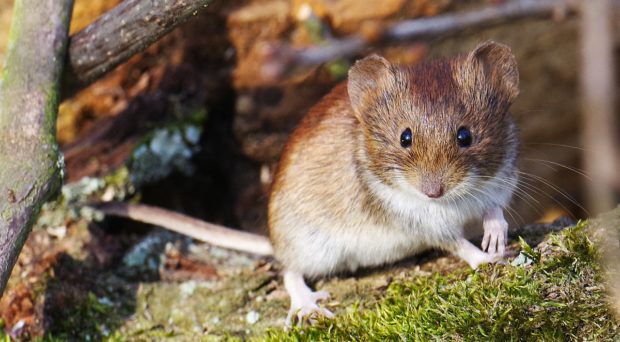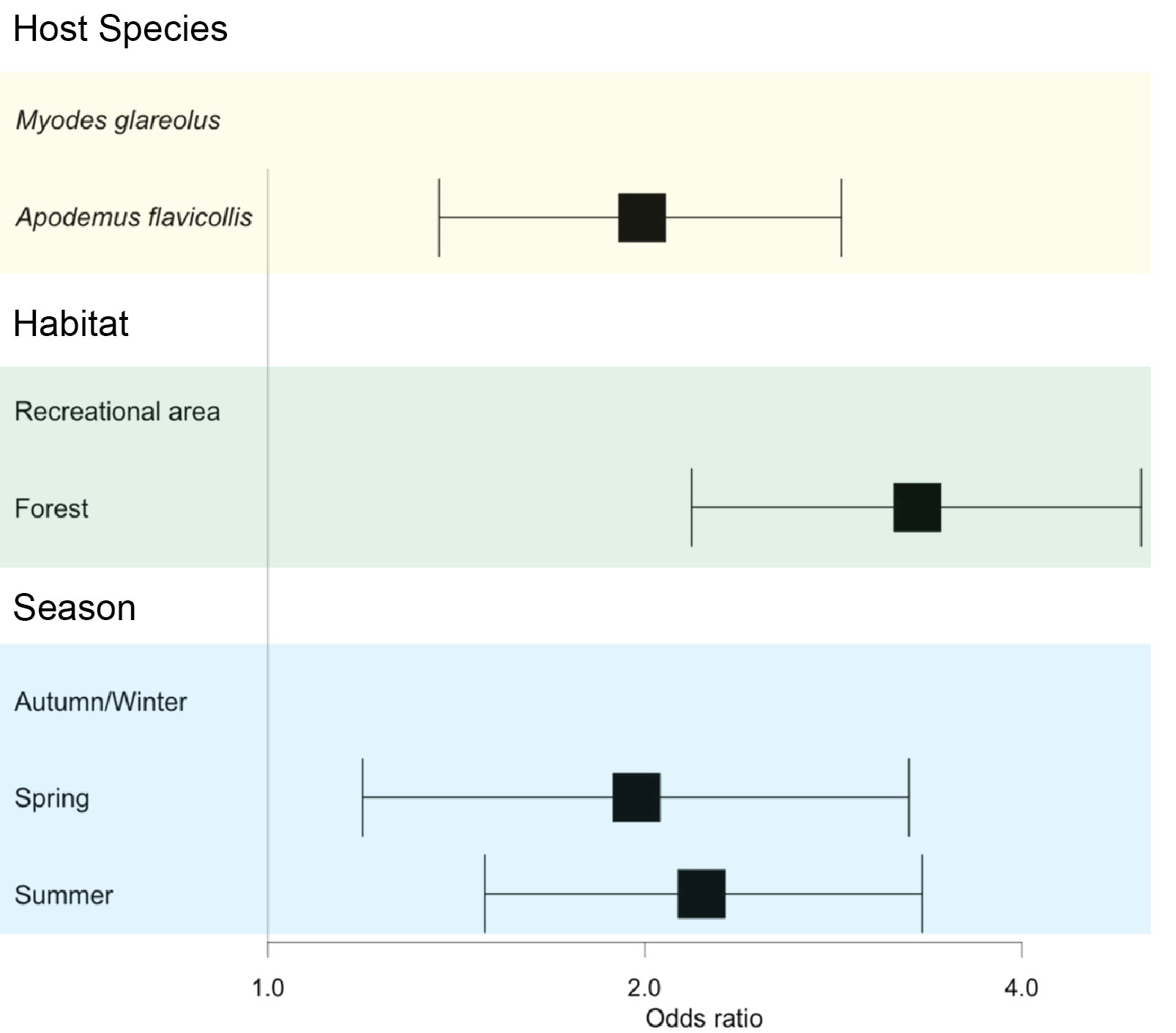
Why are small mammals important?
Small mammals refers to over 2800 species of mammals within three orders encompassing: rodents (e.g. mice, voles, rats), tree shrews and the order Eulipotyphla (e.g. shrews, hedgehogs, moles). This last order was previously called Insectivora and included more species- but since deemed inaccurate and has been modified. These ‘small’ mammals (the largest rodent, Capybaras, weighs up to 79kg – see also a recent Bugbitten post) provide important ecosystem services, are incredibly diverse, and many species thrive in human-modified environments.
Small mammals can provide important ecosystem services like pest management (but can also cause crop damage themselves), pollination, and seed dispersal. However, they are also a concern for human health. They can carry highly virulent pathogens that spillover into humans and cause severe morbidity (e.g. Lassa fever, Hantavirus Pulmonary Syndrome). Additionally, they are important for the maintenance of ectoparasite populations and, as such, can be very important for vector-borne diseases (e.g. Lyme disease). However, in some regions we know very little about small mammal communities and the suite of ectoparasites they carry. This severely limits our ability to understand vector-borne disease risk from these populations.
What did this study do?
To help understand the diversity and abundance of ectoparasites found on small mammals, scientists recently surveyed communities of small mammals found in different habitats in Germany. In total, they captured and examined 775 small mammals from three different habitats: a small urban park, a large mature forest, and a recreational area (‘rewilding’ nature reserve).
After capturing animals, the scientists measured characteristics of the individual – including species, approximate age (juvenile, adult), and weight. Each individual was also carefully examined for ectoparasites and all fleas, ticks and mites were collected and placed in separate containers. Back in the lab, ectoparasites were carefully identified to species – fleas and ticks were identified with molecular tools and mites were identified to species using morphological keys. After identification, the scientists built statistical models to help understand how habitat and host species affected the communities and abundance of ectoparasites found.

What did they find?
In total, the scientists found 5691 different ectoparasites belonging to 27 different species! The urban site had the lowest number of species (still 12 different species!) whereas the recreational site had 20 species. Most individuals (88.9%) had at least one ectoparasite. The average infestation rate was 7.34 ectoparasites per host, often from one or two different species. But one individual was found with six species of ectoparasites.
Only two species of small mammals were found – the bank vole (Myodes glareolus) and the yellow-necked mouse (Apodemus flavicollis). The prevalence and diversity of each group of ectoparasites and how they relate to habitats and host species is detailed below:
Fleas
- 58%-66% of hosts had fleas within each habitat
- 11 flea species were found
- Fleas were more abundant in forest sites, but this was not significant.
- There was no difference between the two host species
Ticks
- 61%-83% of hosts had ticks within each habitat
- 3 tick species were found
- Includes the important Lyme host: Ixodes ricinus

- Ticks were more common on the yellow-necked mouse and forested sites
- Ticks were more common in spring and summer, compared with Autumn/winter and most abundant in spring
Mites
- 20%-47% of hosts had ticks within each habitat
- 10 mite species were found
- Mites were found more often and in greater numbers on yellow-necked mouse
Yellow-necked mice are larger than voles, and may explain the higher abundance of ticks and fleas observed on this species. The scientists also found that warmer seasons support more ectoparasites, consistent with previous work. The diversity that the authors found is higher than expected – highlighting that we have a lot to learn about small mammals and the ectoparasites they carry!

Comments